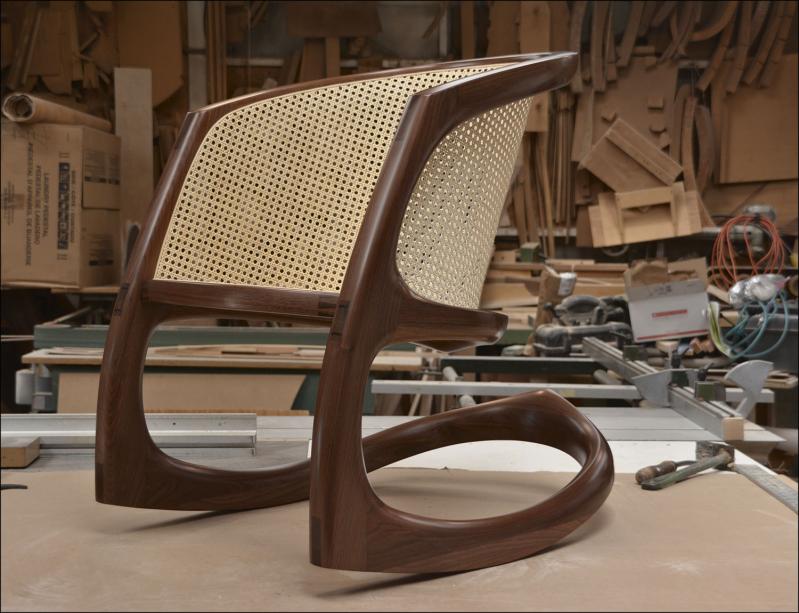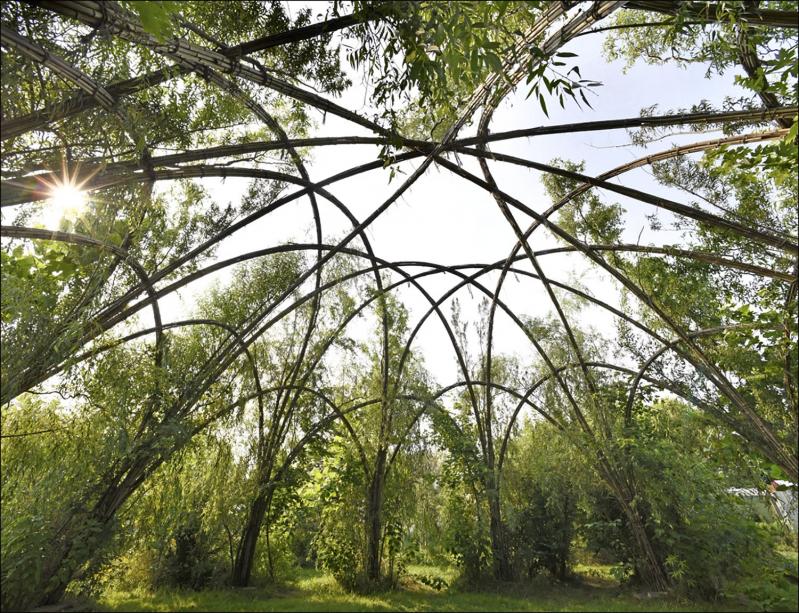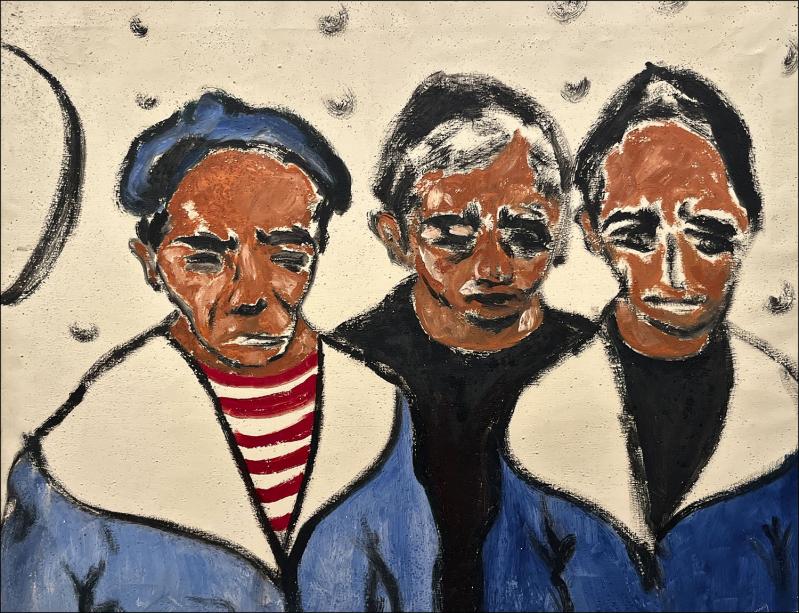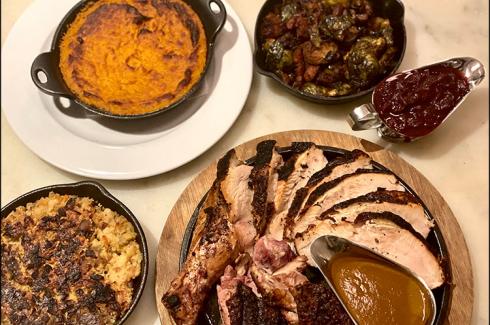Resonant Portraiture
“Casting Call,” a two-artist exhibition featuring portraits by Mark Heming and Jack Ceglic, will open at the Drawing Room in East Hampton on Saturday and remain on view through Nov. 9.
Heming (1907-1999) began to paint as a young man, without any formal training. His fascination with the human face and the human condition informed a lifelong studio practice centered primarily on portraiture. His composite portraits reflect his response to people he observed anonymously. Reluctant to exhibit his work while alive, he maintained an active studio practice when he moved from Manhattan to Sag Harbor in the 1950s, and continued to paint until his death.
After studying art and illustration at Parsons, Mr. Ceglic worked designing window displays for department stores, and had an influential role in shaping the Dean & DeLuca stores, which he co-founded with Joel Dean and Giorgio DeLuca. He began exhibiting his artwork in the 1960s.
His portraits, which begin when he invites his subjects to model at his studio, reflect his sensitivity to the expressive possibilities of the human figure. Unlike Heming, his subjects include friends and relatives, colleagues, employees, artists, and people encountered on the streets of Manhattan. He divides his time between there and East Hampton.
Workshops in Montauk
The Nature Conservancy in New York, in partnership with the Andy Warhol Foundation for the Visual Arts, will launch its annual Andy Warhol Visual Arts Program on Saturday at 11 a.m. with a workshop called Plein-Air Drawing on Black Paper. The four-hour workshop, led by Art Werger, will guide participants in interpreting the natural landscape through colored pencils and watercolor.
Shaping the Shoreline, set for Oct. 11, same time, will be conducted by Jessamyn Go. The immersive land-based workshop will focus on creating ornamental ceramic sound devices such as percussive pendants, wind chimes, and hanging forms, incorporating natural found materials from the shoreline.
Both workshops take place outdoors. Sun protection, water, and comfortable clothing have been recommended. Registration is on the website of the Nature Conservancy New York.

Original Furniture
“David Ebner: Five Decades of Original Studio Furniture Handcrafted on Long Island” is on view at the Bridgehampton Museum’s Nathaniel Rogers House through Oct. 25.
The exhibition covers the pivotal moments in the career of the master craftsman, who lives and works in Brookhaven. Mr. Ebner works in four modes: classical impressions of furniture, turned objects, sculptural furniture, and furniture. Approaching his designs as a craftsman dedicated to the medium of wood, he finds inspiration in the local landscape as well as in the history of his chosen medium.
In a statement on his website, Mr. Ebner says, “I’ve explored a variety of directions and themes over the years, but each piece is treated as an art object with concern for my material and honesty to its inherent qualities.”
Painting Nature
Barbara Thomas, the Springs artist and educator, will be busy Saturday. At 10:30 a.m. she will be at LongHouse Reserve for Painting the Colors of Fall, a two-hour class that will happen in the gardens. Ms. Thomas will guide participants in observing color, mixing colors, and creating evocative works inspired by the flora of the season.
The cost is $85, $75 for members. Registration is via the LongHouse website.
From East Hampton, Ms. Thomas will head to Third House in Montauk, where, at 5 p.m., she will give a free lecture and demonstration on the history of animal and nature painting. The methods and techniques of such animalist and nature artists as John Jay Audubon, Rosa Bonheur, and others will be studied, and Ms. Thomas will demonstrate using a taxidermic bird. Audience members with drawing materials can participate.
Registration is by email to [email protected].

New Outdoor Sculptures
The Ranch in Montauk has announced the installation of two permanent living outdoor sculptures. Mamoun Nukumanu’s “Earth and Sky” consists of bamboo and various living plants and trees. The work evolves over time, as the flow of ecological succession casts the vaults of dried bamboo into a living structure composed of sycamore trees, various willow species, red maple, mahogany, hickory, magnolia, poplar, peach, apple, and plum.
Julius von Bismarck’s “Free Willow” appears at first glance to be just that, a willow tree rooted in place. But then it begins to move. The artist has devised an underlying mechanical intervention that grants the willow the agency to do so. Beneath the surface and hidden from view, a motorized system sets the tree in motion, but the technology stays quietly out of sight.
The Ranch is open by appointment via email to [email protected].




